Part 11: The Assassination of Jesse James by the Amazing Hero Silas Greaves
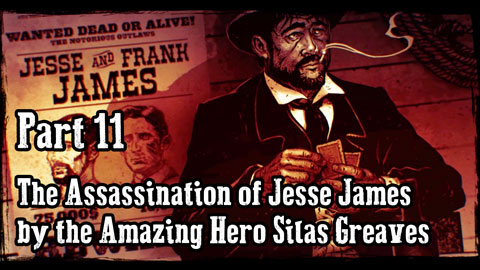
Usually I like freedom of movement in an FPS, but I somehow love these train levels. In close range every weapon works and you can just go wild with all sorts of fun combinations.
I really like the nuggets on Jesse James’ story and historical context. There’s another nugget that actually only appears next part but I’ve added it below as the first (on the American Civil War) because I feel it’s more fitting here. Jesse James is probably the most common subject of dime novel adventures. To my surprise, the one dime novel I found and read, (Jesse James, the Outlaw) didn’t end up glorifying Jesse, but rather the author who himself turns into a sly hero-detective joining up with Jesse in an attempt to ultimately capture him.
This reminded me of a series of books I read as a kid. Back then, Karl May’s books probably did more to teach me German than any formal education I ever received. I never thought of them as ‘dime novels’, but thinking back on it, that’s exactly what they were. Like William B. Lawson in the above Jesse James novel, Karl May often wrote himself into his stories as a rather outstandingly capable hero of unquestionable morale, with all sorts of amazing stuff like a 25-shot repeater rifle or ‘Henry carbine’ as well as a large caliber rifle capable of killing bears in one shot (thus, of course, named ‘Bärentöter’, or ‘Bear Killer’).
Even though he wrote about the Wild West, as well as the Orient, with quite some confidence, he had never been to (most) of the places he wrote about. Regardless, at a later stage he even claimed to have truly experienced his written adventures, that he knew 1200 languages and dialects, that he was technically the leader of 35,000 Apaches, and went so far as to have the Henry rifle and Bear Killer crafted for him by a gunsmith. He truly was quite gifted at bullshitting.
I read, enjoyed, and still have the entire series of roughly 30+ books, and I'm quite partial to their cover art; I’ve added a few of them below. Apparently, when my father bought them in the fifties, they cost about 2 Deutschmark each.
Concept Art & Dime Novel Covers
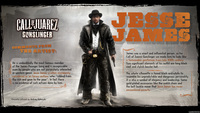
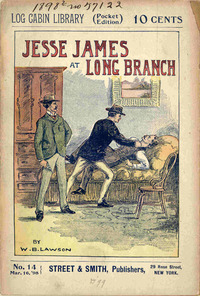
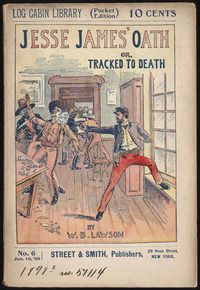
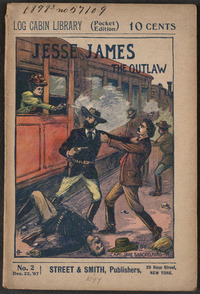
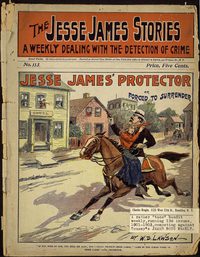
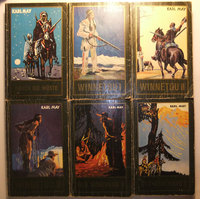
Nuggets of Truth
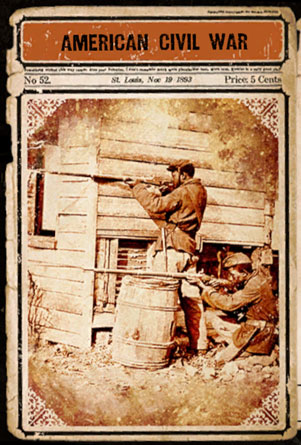
The American Civil War, also known as the War Between the States, was a fratricidal conflict fought between 1861 and 1865. On one side was the United States of America, also known as the Union or the North. On the other side, several slave states seceded from the Union, forming the Confederate States of America or the South. The North prevailed thanks to its industrial power and its advantage in numbers.
The Civil War was among the world's first truly modern wars, utilizing railroads, telegraph lines, steamboats, devastating artillery, and mass-produced repeating weapons. Of all the wars America participated in, the Civil War reaped the bloodiest harvest, costing the lives of 620,000 men.
Its conclusion was also the beginning of the golden age of the Wild West. Western expansion increased as railroads brought settlers west at an accelerated pace. The Native Americas were finally pushed from their lands and shunted off to reservations as the cattle business and mining operations boomed. Many of the veterans of the war, damaged by the carnage they saw and participated in, moved west for new opportunities. Quite a few fell into a life of crime. Many rebel soldiers, bitter over the defeat of the Confederacy, continued to fight the war long after General Lee surrendered at Appomattox. They robbed banks and trains owned by Northerners, the James-Younger gang being the most famous example, creating legends which have endured to this day.
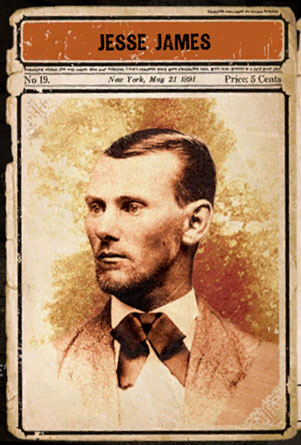
Jesse Woodson James is probably the Wild West's most celebrated outlaw. He was famous when he was alive, but attained the status of a legend upon his death. Despite enjoying a reputation worthy of Robin Hood, when the facts of history are examined it's clear he wasn't much more than a thief and a murderer.
As a teenager, Jesse and his brother Frank fought as Confederate guerillas during the Civil War alongside the infamous William Quantrill and his raiders. Some believe Jesse took part in the massacre of some 200 men and boys in Lawrence, Kansas. After the war, Jesse, like many disaffected former southern sympathizers, turned to banditry and continued to wage his own private war. Until 1876 Jesse, Frank, and the Younger Brothers robbed banks and trains as the James-Younger Gang. Their legendary run came to a bloody conclusion when they tried to rob the First National Bank of Northfield, Minnesota. Two of the gang were left dead. Cole Younger ended up in prison. Only Frank and Jesse escaped unscathed.
Three years later Jesse James founded a new gang but these new members weren't battle-hardened war veterans. Frank had left the gang and without his sure hand, Jesse became paranoid and mistrustful of his partners in crime.
His concerns were well founded, however, as someone he trusted betrayed him most grievously. On April 3, 1882, after breakfast with his family, Jesse decided to wipe some dust off a photograph hanging on his living room wall. He unbuckled his revolver belt and climbed a chair while his friend, Robert Ford, hoping to collect a bounty, put a bullet in the back of Jesse's head. Thus, Jesse James joined other Wild West luminaries like Wild Bill Hickok and John Wesley Hardin who died from a gunshot in the back.
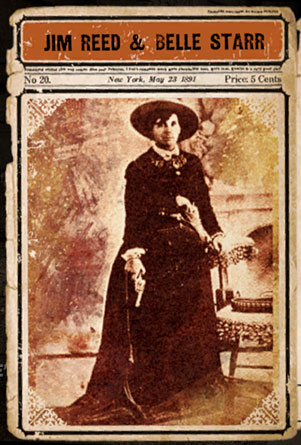
Not much is known about Jim Reed other than the fact that during the Civil War he was a member of Quantrill's Raiders just like the James brothers and the Youngers. After the war, he rode for a time with Sam Starr's gang and later with the James-Younger Gang. He died in 1874 in Paris, Texas, from a gunshot wound. Today he's probably better known as the first husband of the infamous Belle Starr, The Bandit Queen. They met as teenagers and Belle gave birth to his two children.
Belle Starr, or Myra Maybelle Shirley Reed Starr, also knew the Youngers and the James brothers. After Jim's demise, she turned to banditry, taking part in horse and cattle thefts and protecting other criminals, thus earning the moniker of the "Queen of Bandits". The peak of her criminal activities was during her marriage to Sam Starr. It is said that after Jim Reed's death and before she married Starr, she was Cole Younger's wife for three weeks. There's no solid evidence backing that up, however.
Belle Starr was famous for her impeccable style. She was usually seen riding her horse sidesaddle, wearing a stylish black dress, with two revolvers and an ammo belt around her hips. She died in unusual circumstances two days before her 41st birthday, in 1889. An unknown murderer shot Belle off the horse she was riding with a shotgun and then shot her again. The bushwhacker's identity is still a mystery. Starr's own son is among the prime suspects as the Bandit Queen was a tough woman to live with. Said son was a bandit himself, and then became a lawman only to die in a saloon shootout 1896. His sister, Pearl, plied the world's oldest trade and ran a bordello in Fort Smith Arkansas from the 1890's until the First World War.
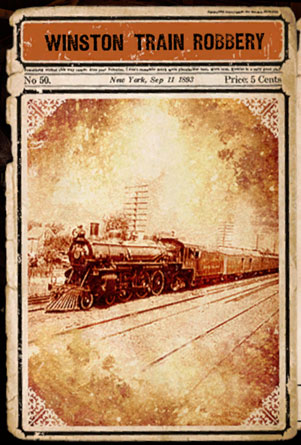
On July 15, 1881, a Chicago, Rock Island & Pacific Railroad train left Winston, Missouri. Soon after it started moving, Jesse and Frank James and Wood Hite jumped on board into one of the passenger cars while Dick Liddil and Clarence Hite entered the train from the other end. A conductor named William Westfall was collecting tickets in the passenger car at the time. The James brothers believed that in 1875 Westfall transported the Pinkerton agents who attacked their mother's house, wounding her and killing their half-brother. Jesse shot him in the back without warning, then approached him and shot him in the head. In that moment, Frank killed one of the other passengers, who may have decided to play hero and interfere with Jesse's shooting of Westfall.
The train robbery was not as profitable as expected: the outlaws collected a mere $650.00. Infuriated, they jumped off the train and escaped. A posse pursued them, but the James brothers and their gang were gone with the wind.
The meager haul led to dissension and Frank eventually left the gang, leaving Jesse to fend for himself with the inexperienced outlaws that were left. Because of the murders, the governor increased the bounty on both their heads. Jesse recruited others for his gang, including the man who eventually would shoot him in the back for that bounty.
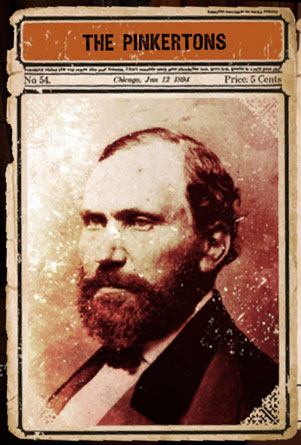
The Pinkerton National Detective Agency, known simply as the Pinkertons - or Pinks by the less favorably inclined - was founded in Chicago by Scottish expatriate Allan Pinkerton. Pinkerton became famous when he supposedly foiled a plot to assassinate President-elect Abraham Lincoln en route to his first inauguration. As a Union spymaster, Pinkerton later founded what became the United States Secret Service. Pinkerton's detectives offered a wide range of services from personal protection to private military contracts. At the peak of its power, the agency's roster numbered more than the total active strength of the United States Army.
Nobody liked the Pinkertons, but they were especially hated – and feared - by the outlaws of the Wild West. The railroads and banks paid top dollar for the agency to pursue criminals like Butch Cassidy's Wild Bunch or the James-Younger Gang. Capturing Jesse James was an obsession for Allan Pinkerton and later it became a personal vendetta. On January 25, 1875, he organized an assault on the home of Zerelda Samuel, Jesse James' mother. The attack, which employed incendiaries among other means, caused the death of Jesse's 8 year old half-brother, Archie James. The resulting explosion also cost Zerelda an arm. Such a shameful attack on the mother and little brother turned public opinion against the agency and won the James gang new sympathizers. Allan Pinkerton explained afterwards that he never planned to set the James house on Fire. That, in fact, turned out to be a complete lie as a later recovered letter written in his own hand read: "burn the house down."